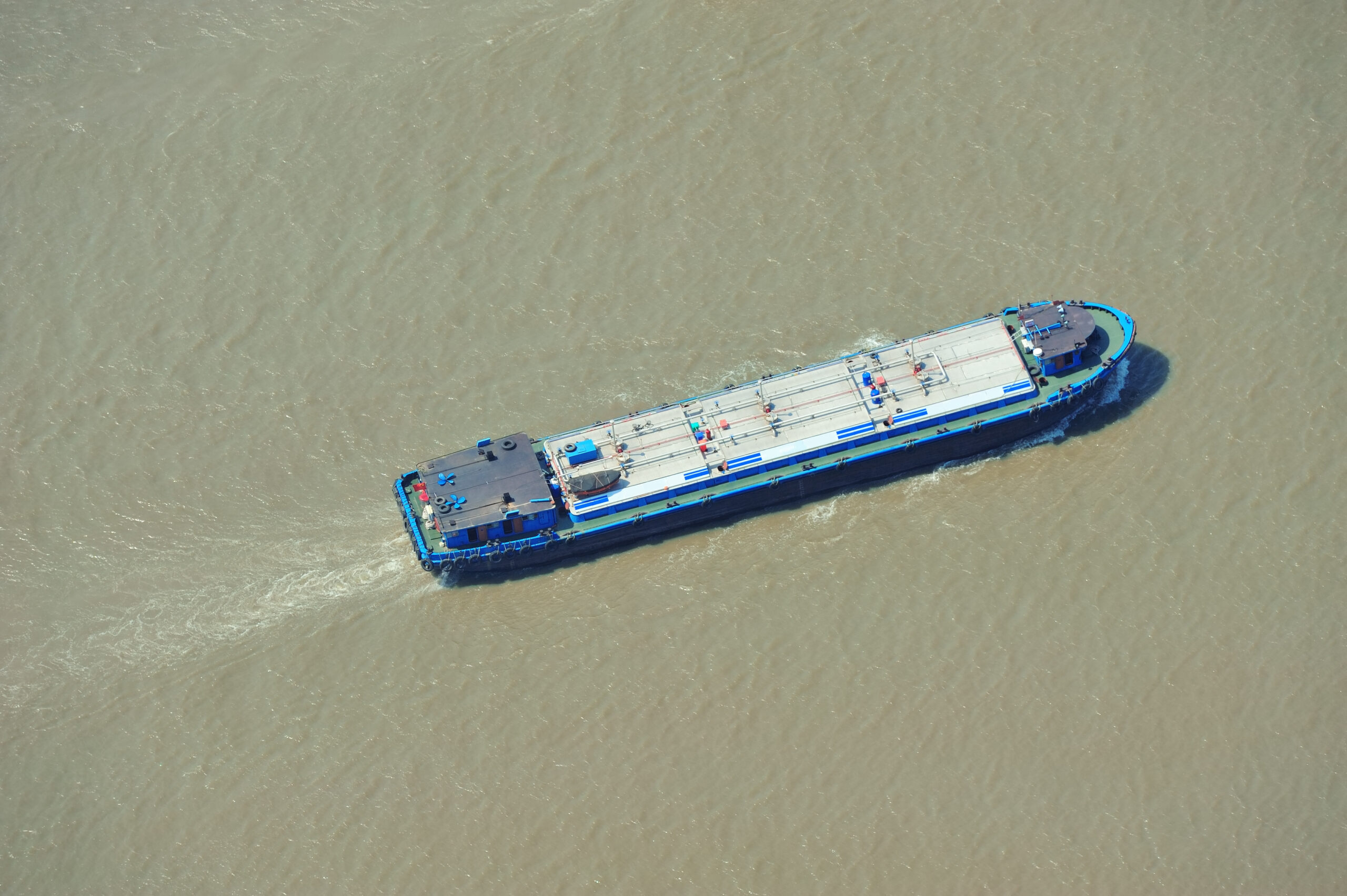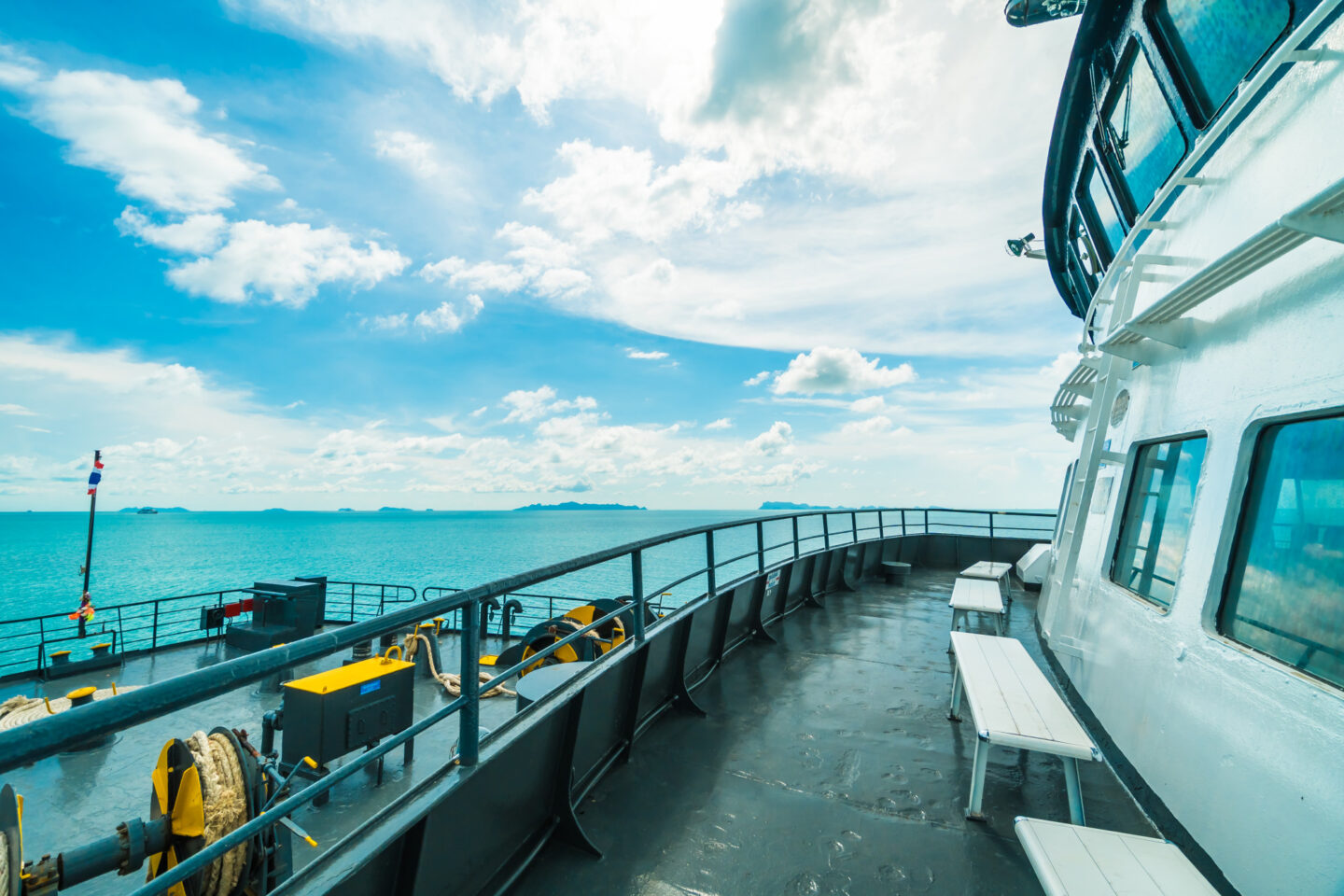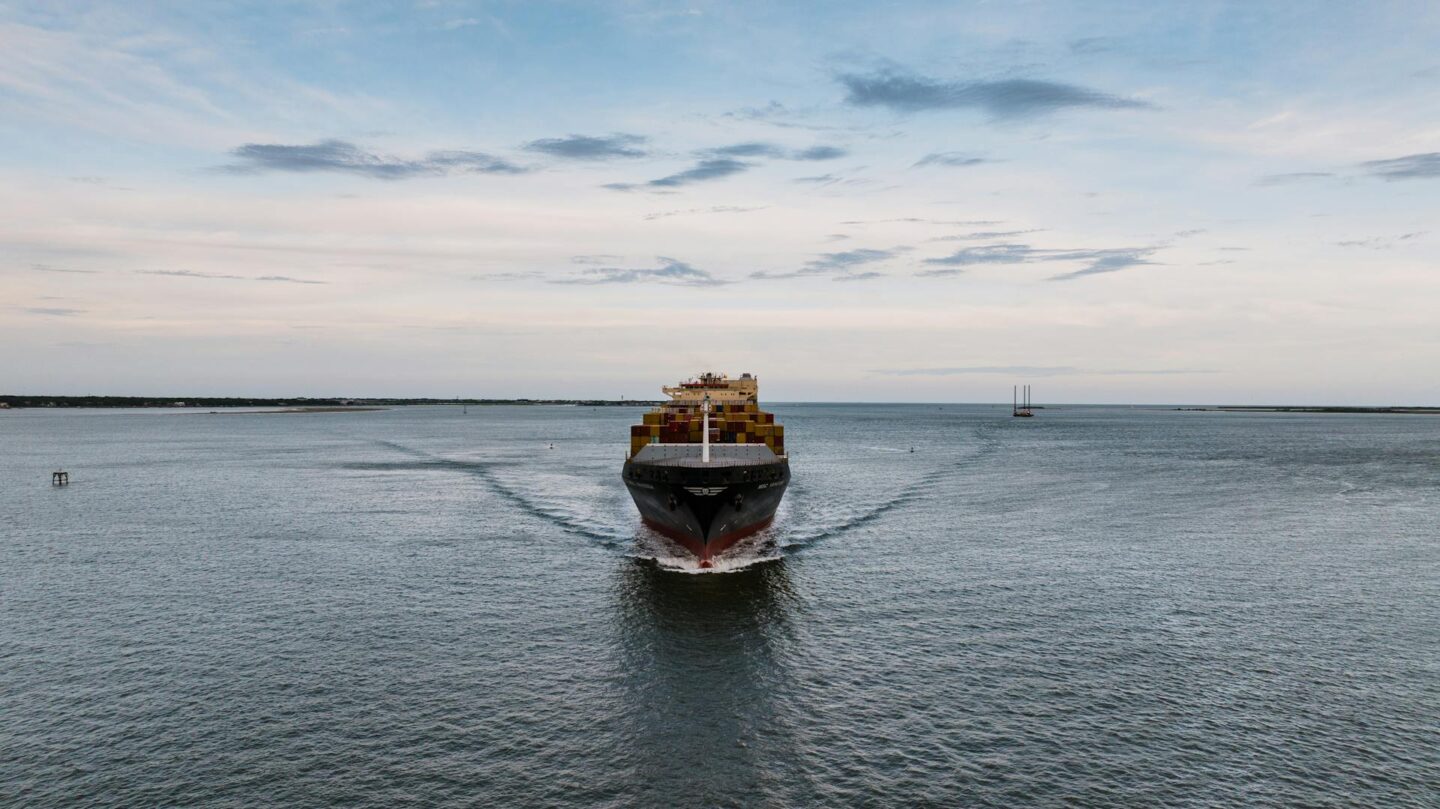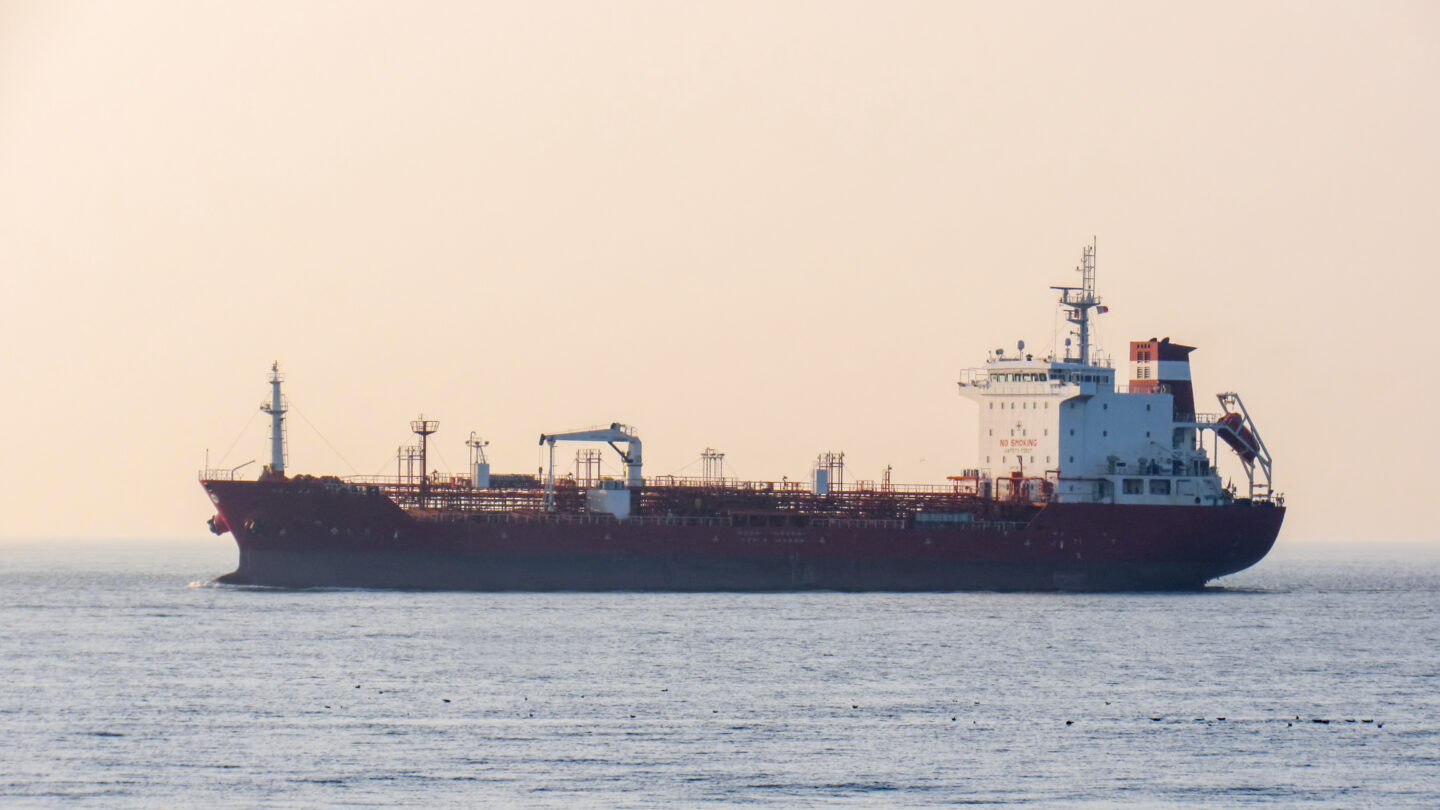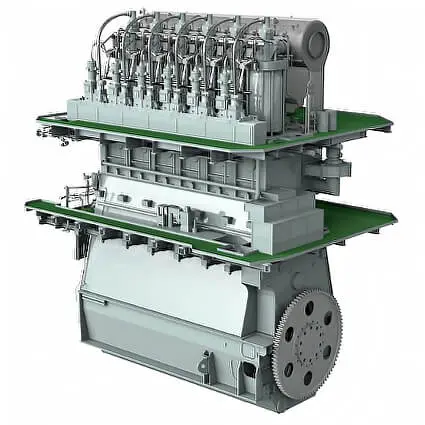The function of ballast water for ship stabilisation depends crucially on proper management since inadequate handling results in severe environmental damage. Marine biodiversity along with fisheries operations and coastal economies face threats because of harmful aquatic pathogens and organisms transported through ballast water together with sediments. The establishment of the Ballast Water Management Convention (BWM Convention) serves to control ballast water release and stop invasive species from spreading. The increase of global shipping requires both stronger ballast water regulations and better treatment methods to become evident.
Ballast water contains multiple types of microorganisms such as microbes and organisms per volume together with disruptive substances that affect local ecosystems during improper discharge. Fulfilment of evolving rules through ships requires protection of water quality standards and human health standards. IMO guidelines function as a vital component to develop ballast water policies which regulate vessels to follow the same environmental standards.
Understanding Ballast Water Management
A ballast water management system (BWMS) exists to treat ballast water during transportation for proper international standard compliance. Seamless ballast water and sediment control measures defend ecosystems and prevent economic damage. All vessels need to develop provisions to handle ballast water that specify safe operational procedures and treatment protocols.
The BWM Convention and Regulatory Requirements
The International Convention for the Control and Management of Ships’ Ballast Water and Sediments (BWM Convention) became operational worldwide on September 8th 2017. The BWM Convention received additional amendments that improved regulations through April 2018 and again in 2022. The ballast water regulation enforcement comes under the International Maritime Organization alongside the Marine Environment Protection Committee.
Existing ships together with new builds must follow specific ballast water treatment standards according to the convention. Shipowners must guarantee that their vessels fulfil the specifications of the BWMS Code that details the regulatory acceptance for ballast water management tools. The implementation of treatment methods under Regulation B-3 depends on ship type alongside ship age requirements.
Compliance and Certification for Ships
Furthermore shipowners need to seek approval of ballast water management designs and maintain vessels under the International Ballast Water Management Certificate. Ships of 400 gross tonnage (GT) and above need to follow the standards of Regulation B-3 that requires either treatment or exchange solutions. The documentation process through ballast water record books serves two purposes for regulatory checks as well as recordkeeping needs.
Ships need to present documentation to prove their compliance with the regulations established by IMO. Stricter policies resulting from the entry into force require shipowners to undergo detailed compliance inspections. Vessels measuring at least 400 GT need to pass routine inspections while non-compliant ships will face possible consequences. The implemented safety practices stop invasive species from spreading while promoting responsible water discharge methods.
Ballast Water Treatment and Discharge Standards
The D-1 and D-2 standards outline the permissible levels of organisms per volume of ballast water discharge. The D-1 standard focuses on the exchange of ballast water in open seas, reducing the risk of invasive species transfer. Meanwhile, the D-2 standard requires vessels to use approved ballast water management systems to meet strict quality criteria. Some management systems make use of active substances, enhancing water treatment efficiency.
The BWMS Code, also known as the Code for Approval of Ballast Water Management Systems, guides shipowners in selecting effective treatment technologies. Systems must be approved by the administration taking into account IMO guidelines, ensuring they meet regulatory expectations. As new threats emerge, amendments such as G8 and G9 guidelines refine treatment processes, making compliance more efficient and environmentally friendly.
The Future of Ballast Water Management
As environmental regulations evolve, the BWMS Code, G8, and G9 guidelines guide technological advancements in ballast water treatment. Innovations in water management systems continue to improve compliance with IMO guidelines. Additionally, the United Nations (UN) and IMO Member States emphasise stricter enforcement to protect global marine ecosystems.
Conclusion
Ballast water operations need effective management to protect marine environments with compliance to regulations. Approval of ballast water management plans enables shipowners to safeguard their maritime zones and secure better water quality as well as minimise health risks.
Sustainable practices in industry development will create conditions for sustainable ocean health as well as marine biodiversity health. Positive change in ballast water policies demands full cooperation between shipowners and regulatory bodies alongside environmental organisations. The shipping industry will gain success in reducing environmental perils from ballast water discharge through ongoing engineering development along with proper implementation.Want to know how you can keep your ballast water system in great condition? Contact K-Marine today and let our team help you maintain your vessel for a safe adventure on the ocean.
